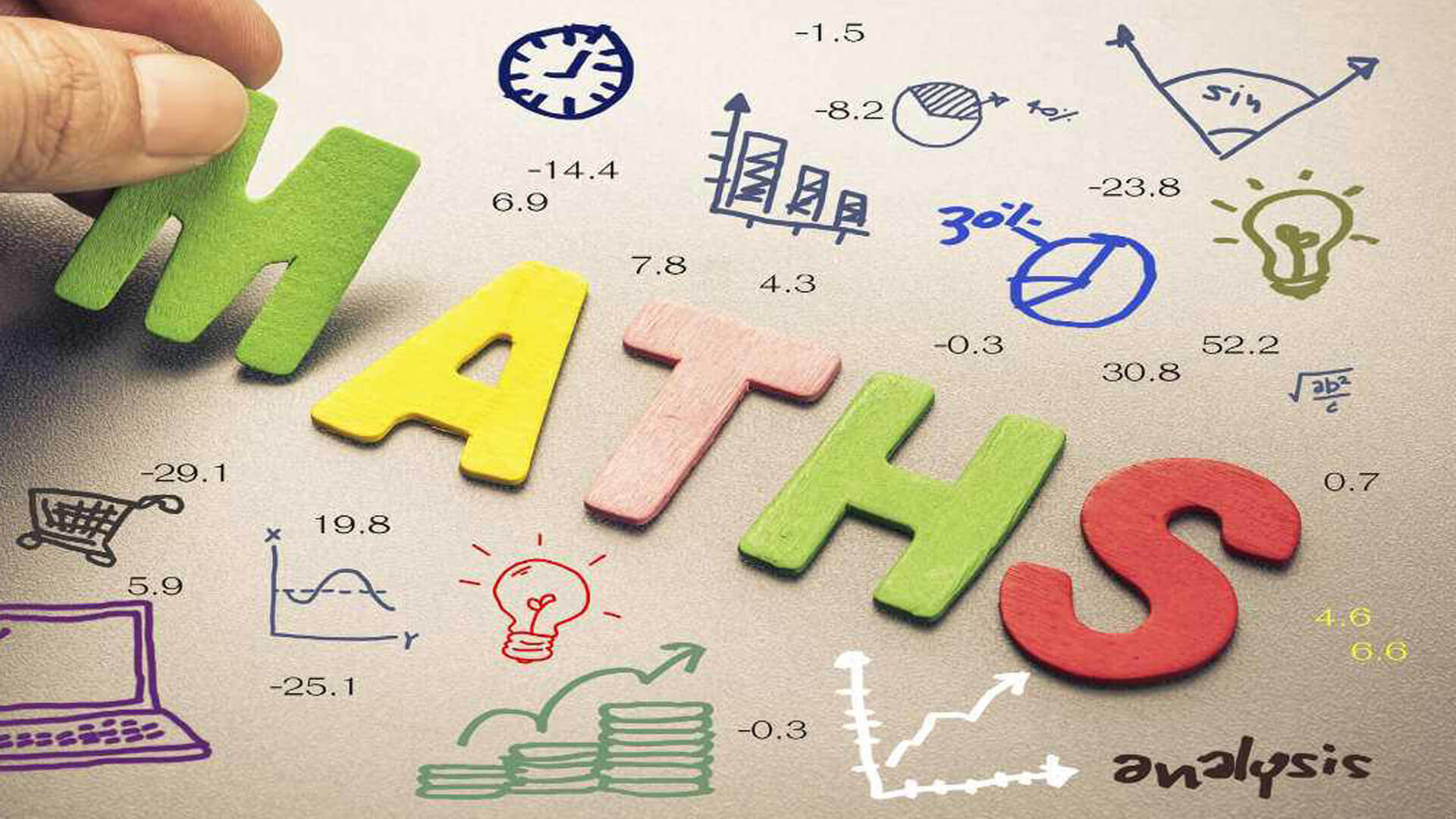Functions,Grade 11th,University Preparation (MCR3U)


-
Name:Functions,Grade 11th,University Preparation (MCR3U)
-
Grade:Grade 11th
-
Prereq:Principles of Mathematics,Grade10th,Academic (MPM2D)
-
Code:MCR3U
-
Type:University Preparation
-
Credit Value:1
-
Develop Date:2021-03-01
-
Course Price:CAD $1300
-
Status:Active
Course Description:
This course introduces the mathematical concepts of the function by extending students' experiences with linear and quadratic relations. Students will investigate properties of discrete and continuous functions, including trigonometric and exponential functions. Therefore, functions are represented numerically, algebraically, and graphically. Solve problems involving applications of functions, investigate inverse functions and develop facility in determining equivalent algebraic expressions. Students will provide reason mathematically and communicate their thinking after solving multi-step problems.
Aims and Objectives:
- Exploration of recursive sequences, how to represent them in a variety of ways and making connections to Pascal's triangle.
- Demonstrating understanding of the relationships involved in arithmetic and geometric sequences and series and solves related problems involving compound interest and ordinary annuities.
- Investigate the relationship between the graphs and the equations of sinusoidal functions sketching.
- Describing the graphs and their periodic properties.
- Determining the values of the trigonometric ratios for angles less than 360° proving simple trigonometric identities.
- Solving problems using the primary trigonometric ratios. Sine and cosine laws are developed for a better understanding of concepts in mathematical form.
- Demonstrate an understanding of periodic relationships and sinusoidal functions and make connections between the numeric, graphical, and algebraic representations of sinusoidal functions while solving problems involving sinusoidal functions, including problems arising from real-world applications.
- Explore several topics including evaluating powers with rational exponents, simplifying expressions containing exponents.
- Describing properties of exponential functions represented in a variety of ways. How to model and solve problems using these concepts will be the major focus of this study.
- Explore properties of functions by determining the zeros and the maximum or minimum of a quadratic function and solve problems involving quadratic functions and problems arising from real-world applications.
- Demonstrate an understanding of equivalence as it relates to simplifying polynomial, radical and rational expressions.
- Addition and subtraction of rational polynomials and factoring in the polynomials.
- Explore the concepts of relations and functions their representations and their inverses.
- How to make connections between the algebraic and graphical representations of functions using transformations.
- Determining different transformations that can be applied to functions using transformational parameters along with learning to apply function, set notations, and graphing methods consistently.
Expectations:
- Characteristics of Functions
Throughout this course, students will:
- Demonstrate an understanding of functions, their representations and their inverses as well as making connections between algebraic expressions and graphical representations of functions using transformations.
- Determine the zeros and the maximum or minimum of a quadratic function and solve problems involving quadratic functions, including problems arising from real-world applications.
- Demonstrate an understanding of equivalence as it relates to simplifying polynomial, radical and rational expressions.
- Exponential Functions
By the end of this course, students will:
- Evaluate powers with rational exponents, simplify expressions containing exponents, and describe properties of exponential functions represented in a variety of ways.
- Make connections between the numeric, graphical, and algebraic representations of exponential functions.
- Discrete Functions
By the end of this course, students will:
- Demonstrate an understanding of recursive sequences, represent recursive sequences in a variety of ways and make connections to Pascal’s triangle.
- Demonstrate an understanding of the relationships involved in arithmetic and geometric sequences and series, and solve related problems.
Unit-wise Progression:
|
Unit
|
Title and Subtopics |
|
Unit 1 |
Exploring Functions
-Hours: 16 |
|
Unit 2 |
Polynomials
- Hours: 10 |
|
Unit 3 |
Characteristics of Functions
- Hours: 12 |
|
Unit 4 |
Exponential Functions
- Hours: 13 |
|
Mid term - Hours: 2 |
|
|
Unit 5 |
Trigonometry
- Hours: 19 |
|
Unit 6 |
Trigonometric Functions & Graphs
- Hours: 12 |
|
Unit 7 |
Discrete Functions
- Hours: 18 |
|
Culminating Activity – 5 Hours |
|
|
Final Term –3 Hours |
|
|
Total –Hours 110 |
|
Teaching/Learning Methodologies:
This course supports learning by providing students with opportunities to review and activate prior knowledge (e.g. reviewing concepts related to trigonometry and geometry from prior mathematics courses) in order to gain new skills. The course further leads students toward recognizing opportunities to apply the knowledge they have gained to solve problems. This course modelsthe use of spreadsheet software, TVM spreadsheet, and additional software like Demos® which will allow students to investigate the key concepts of the course Outside the Box. This course connects the concepts taught to real-world applications, such as exponential decay, simple harmonic motion and The Golden Ratio. With the help of examples, practice problems, and solution videos, the course models various ways to demonstrate understanding poses questions that require students to use different representations as they are working at each level of conceptual development - concrete, visual, or symbolic, and allows individual students the time they need to solidify their understanding at each conceptual stage. Through the use of interactive activities (e.g. multiple choice quizzes, and drag-and-drop activities) students receive instantaneous feedback and are able to self-assess their understanding of concepts. A few of the things students will be provided are the following:
- Lesson plans
- PowerPoint presentations
- Videos
- Reading Packs
- Assignment for Learning
- Assessment of Learning
- Quiz
All of these are a cluster of downloadable and embedded files that will be provided to each candidate with the progression of the course.
E-Learning Approach:
E-learning is not only a training method but it is a learning method that is tailored to individuals. It is found that different terminologies have been used to define learning that takes place online which actually makes difficult to develop a generic definition.
E-learning includes the delivery of content via Internet, Intranet, and Extranet, satellite broadcast, audio-video tape, interactive TV and CD-ROM. The term implies that the learner is at a distance from the tutor or instructor, that the learner uses some form of technology.
With attention to this new system of education that is spreading across the globe its imperative that the content of such study programs are enhanced and modified to serve both the learner and the instructor well whilst dealing with the gap of conventional studying methodologies. Thus the courses promise its reader an experience full of engagement, student-concentric approach, personalization and Interaction. Using a wide array of multimedia tools, cloud based LMS and diverse repository of subject tailored audio-visual material that student can utilize and learn in a stimulated work environment where he’s in charge of his work hours.
Our e-learners paddle through these courses in the mediation of skilled mentors to the finish line with understanding of their subjects application into real world problems following a futuristic model of education.
Strategies for Assessment and Evaluation of Student Performance:
Assessment is the ongoing gathering of information related to the individual student’s progress in achieving the curriculum expectations of the course. To guide the student to his/her optimum level of achievement, the teacher provides consistent and detailed feedback and guidance leading to improvement. Strategies may include:
- Diagnostic assessment
- Formative assessment
- Summative assessment
- Performance assessment
- Portfolio assessment
- Rubrics
- Checklists
The final grade will be based on:
|
Weightage in Percentage
|
Categorical Marking Breakdown |
|
35% |
Course Work |
|
20% |
Mid Term |
|
15% |
Culminating Activity |
|
30% |
Final Exam |
|
Assessment of Learning
|
||
|
Student Product |
Observation |
Conversation |
|
Learning Logs (anecdotal) Assignment Pre-tests (scale/rubric) Quizzes (scale/rubric) Rough drafts (rubric) Graphic organizers (scale) Peer feedback (anecdotal/checklist) Reports (rubric) Essays (rubric) Webbing/Mapping (rubric/scale) Vocabulary notebooks (anecdotal) Visual Thinking Networks (rubric) Tests (scale/rubric) Exams
|
Self-proofreading (checklist) Class discussions (anecdotal) Debate (rubric) PowerPoint presentations (rubric) Performance tasks (anecdotal/scale)
|
tudent teacher conferences (checklist) Debate (rubric) Peer-feedback (anecdotal) Peer-editing (anecdotal) Oral pre-tests (scale/rubric) Oral quizzes (scale/rubric) Oral tests (scale/rubric) Question and Answer Session (checklist)
|
Resources Required by the Student:
- Microsoft Suite (Word, Excel, Power-point etc.)
- A laptop, or Mac, or Android, or any other operating system functional enough to use the web browser and use online software.
- A non-programmable, non-graphing, scientific calculator
- Curriculum Reference: The Ontario Curriculum, Maths







